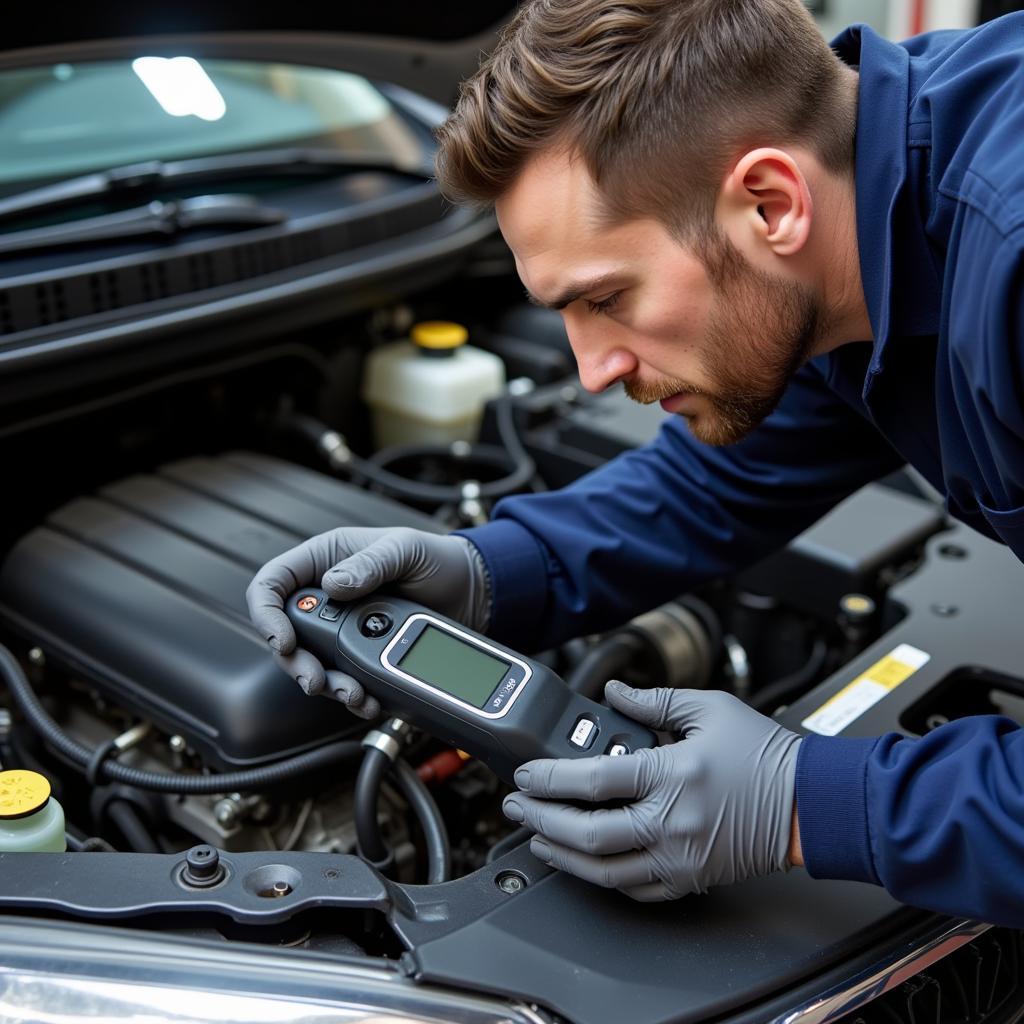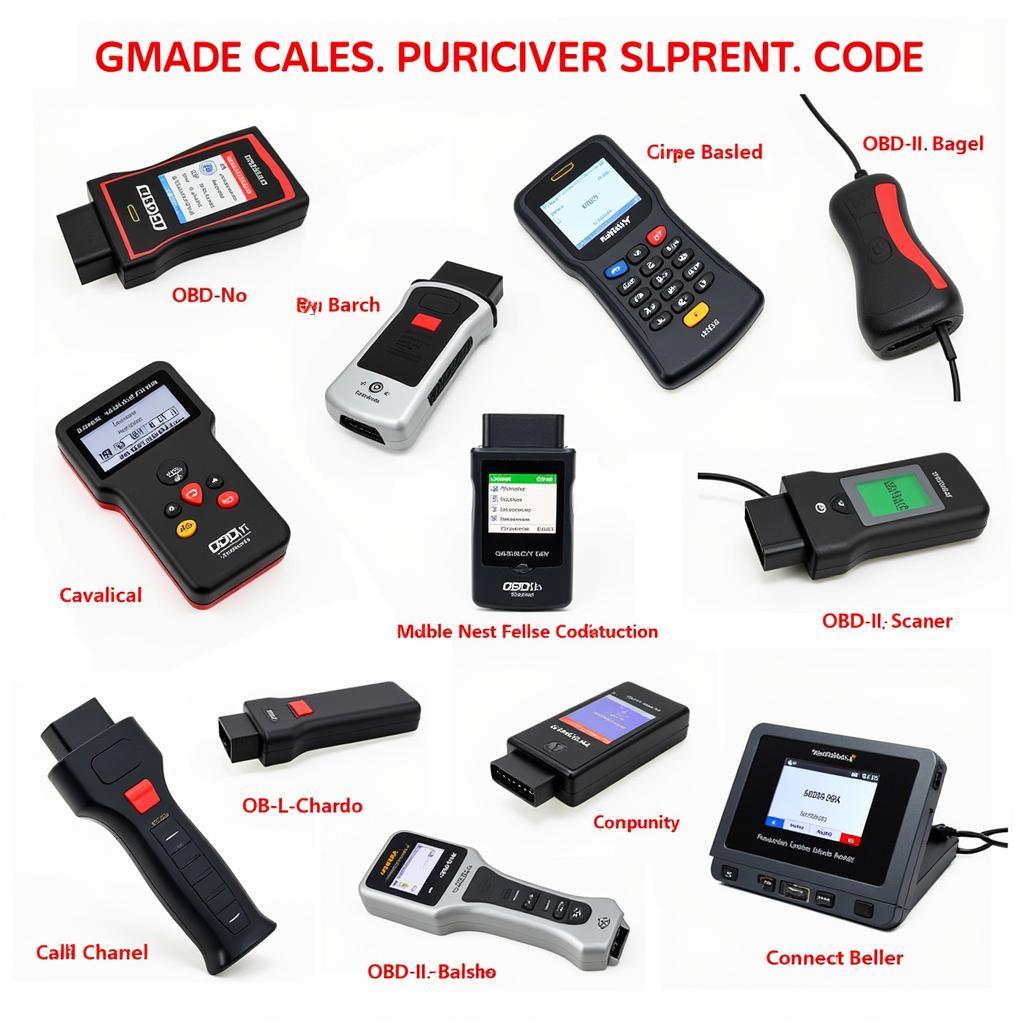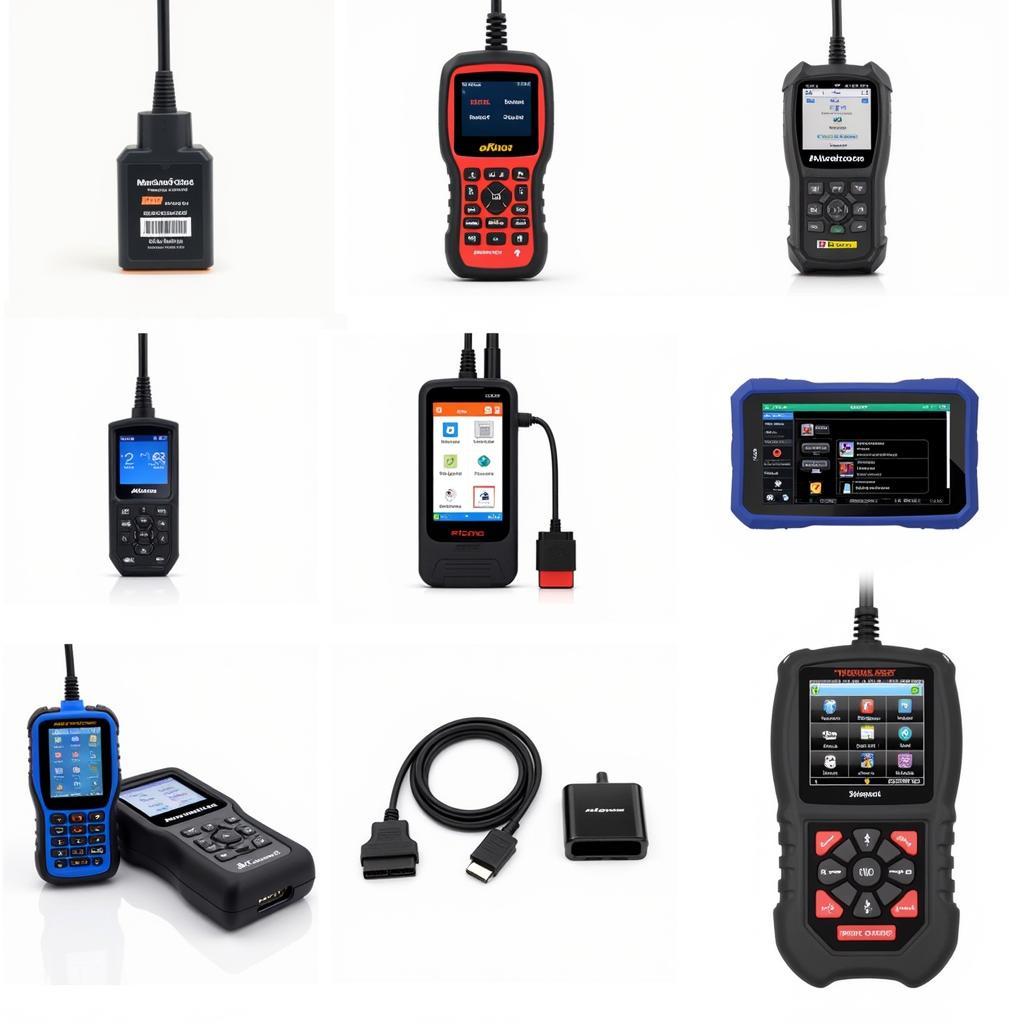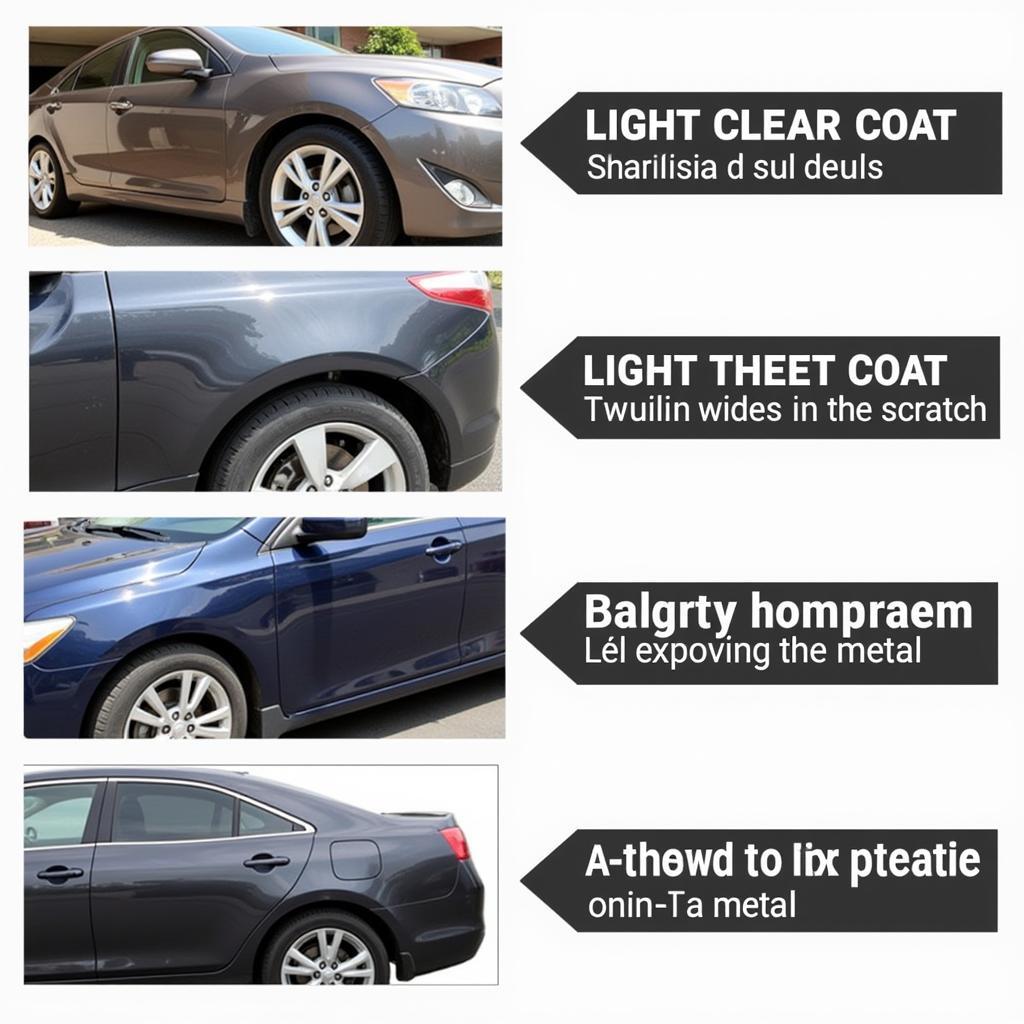
Mechanic diagnosing a car engine using a diagnostic tool
Understanding your Car Diagnostic Codes List is like having a secret decoder ring for your vehicle. It’s the key to unlocking the mysteries behind that pesky check engine light and can save you time, money, and frustration in the long run. This comprehensive guide will delve into everything you need to know about car diagnostic trouble codes (DTCs), from understanding their structure to using them effectively for troubleshooting. We’ll cover OBD-II codes, common code definitions, and how to use a car diagnostic tool to retrieve and interpret these vital pieces of information.
Decoding the Secrets: Understanding Car Diagnostic Codes
Diagnostic trouble codes are alphanumeric codes that represent specific malfunctions detected by your vehicle’s onboard diagnostic system. These codes provide valuable clues to mechanics and DIYers, pointing them in the right direction for repairs. Think of them as a doctor’s diagnosis, only for your car. They tell you what’s wrong but not necessarily how to fix it. They form your car diagnostic codes list. You can find a handy car diagnostic codes list pdf for quick reference.
What are OBD-II Codes?
Most modern vehicles (1996 and newer in the US) use the OBD-II (On-Board Diagnostics, Second Generation) system. This standardized system allows a universal diagnostic tool to communicate with your car’s computer and retrieve diagnostic trouble codes. These codes follow a specific format:
- The first character indicates the system where the fault lies (e.g., P for Powertrain, B for Body, C for Chassis, U for Network).
- The second character signifies the code type (0 for generic OBD-II codes, 1 for manufacturer-specific codes).
- The third character represents the specific subsystem (e.g., Fuel and Air Metering, Ignition System or Auxiliary Emission Controls).
- The last two digits pinpoint the exact fault within that subsystem.
 Mechanic diagnosing a car engine using a diagnostic tool
Mechanic diagnosing a car engine using a diagnostic tool
For comprehensive diagnostics, consider checking out total car diagnostics.
Common Car Diagnostic Codes and Their Meanings
While a complete car diagnostic codes list can be extensive, some codes appear more frequently than others. Here are a few examples:
- P0420: Catalyst System Efficiency Below Threshold (Bank 1). This usually indicates a problem with the catalytic converter.
- P0171: System Too Lean (Bank 1). This suggests there’s too much air and not enough fuel in the air-fuel mixture.
- P0300: Random/Multiple Cylinder Misfire Detected. This indicates a problem with the engine’s combustion process.
How to Retrieve Car Diagnostic Codes
You’ll need an OBD-II scanner to retrieve diagnostic codes from your vehicle. These scanners range from simple code readers to advanced professional tools. Even a bluetooth dongle car diagnostic can be used with your smartphone. Connect the scanner to your car’s OBD-II port (usually located under the dashboard on the driver’s side), turn the ignition on, and follow the scanner’s instructions to retrieve the codes.
“Don’t be intimidated by car diagnostic codes. They are simply tools to help you understand your car better,” advises Michael Stevens, ASE Certified Master Technician.
 Various OBD-II scanners for retrieving car diagnostic codes
Various OBD-II scanners for retrieving car diagnostic codes
What to Do After Retrieving Car Diagnostic Codes
Simply retrieving the codes is just the first step. You need to understand what they mean and what actions to take. Using a reliable pro auto car diagnostic service can be very helpful.
-
Research: Look up the code definitions online or in a repair manual. Cross-reference with your car diagnostic codes list.
-
Further Diagnosis: Often, a code points to a symptom rather than the root cause. Further diagnosis may be needed to pinpoint the exact problem.
-
Repair or Seek Professional Help: If you’re comfortable with car repair, you can attempt to fix the issue yourself. Otherwise, take your vehicle to a qualified mechanic. Knowing the codes beforehand will empower you to discuss the problem intelligently with the mechanic.
“Remember, a diagnostic code is a starting point, not a definitive answer,” adds Sarah Johnson, Automotive Engineer. “Use it as a guide to further investigate the issue.” If you’re looking for a reliable diagnostic tool, check out the best car diagnostic tool 2016.
Conclusion
Understanding your car diagnostic codes list is essential for maintaining your vehicle and addressing any issues that arise. By learning to interpret these codes, you can save yourself time and money, and ensure your car stays in top condition. So, next time that check engine light comes on, don’t panic. Embrace the information provided by your car’s diagnostic system, and take control of your vehicle’s health.
FAQ
- What does the check engine light mean? It indicates a potential problem detected by the car’s onboard diagnostic system.
- Where can I find my car’s OBD-II port? It’s usually located under the dashboard on the driver’s side.
- Can I clear diagnostic codes myself? Yes, most OBD-II scanners allow you to clear codes. However, this doesn’t fix the underlying problem.
- Are all OBD-II scanners the same? No, they range from basic code readers to advanced professional tools.
- What should I do if the check engine light comes back on after clearing the codes? The underlying problem likely hasn’t been resolved and requires further diagnosis.
- Where can I find a reliable car diagnostic codes list? Check online resources or consult a repair manual.
- What if I don’t understand a specific diagnostic code? Research it online or consult with a qualified mechanic.
Need help with car diagnostics? Contact us via WhatsApp: +1(641)206-8880, or Email: [email protected]. Our 24/7 customer support team is always ready to assist you.



